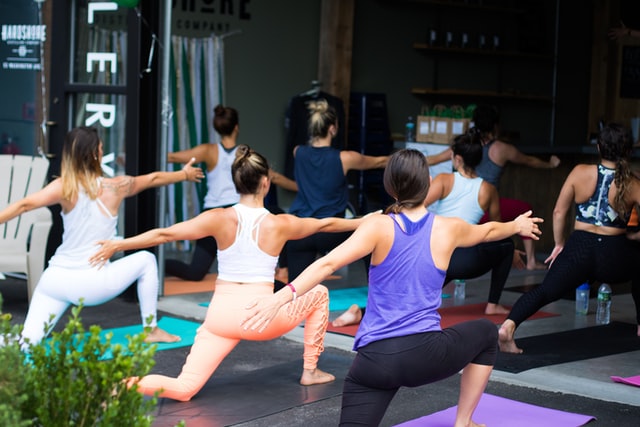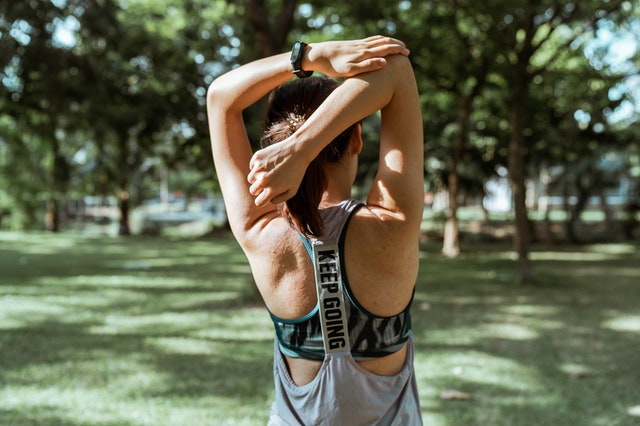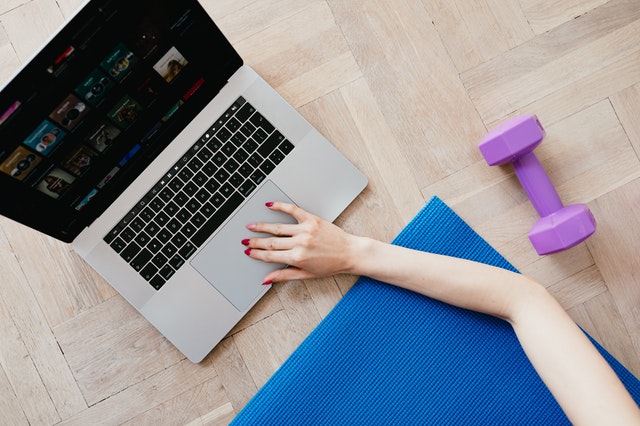Life can be demanding at times, so it’s important to stay properly nourished and energized. Eating well and selecting nutritious foods is key to maintaining a healthy lifestyle and avoiding that “drained” feeling. Read below to discover some delicious, energizing foods you can add to your diet.
Oatmeal
Oatmeal, a high in fiber meal, is the perfect way to start your day. With 13 grams of protein in half a cup of dry oats and nearly half the recommended dietary intake of vitamin B1, oatmeal makes an excellent, nutrient-dense option to include in your diet that will leave you feeling full and energized until lunch.
Eggs
Eggs are another healthy high-protein food to consider. Eggs are a complete protein, meaning they contain all necessary amino acids, and they provide vitamins and healthy fats – all things you need for sustained energy.
Nuts
Nuts are a great choice to add to a meal or to enjoy alone as a snack. They are high in healthy fats, vitamins, and minerals. With so many varieties, nuts are easy to add to your diet to keep you feeling satisfied and energized.
Berries
While it’s important to moderate sugar intake, berries are a great way to satisfy your sweet tooth with healthy sugars and antioxidants. Berries are a relatively low-calorie food and can give the sugary boost you need. Did you know that they’re also low in carbohydrates?
Dark Chocolate
That’s right, chocolate can be healthy in moderation! Dark chocolate is high in energizing fats, it provides antioxidants, and it has been known to lower blood pressure and improve brain function. Dark chocolate is a delicious alternative to candy bars, and it provides a great source of energy. In conclusion, small amounts of dark chocolate is good for you!
Dr. Barbara Edwards, a Princeton M.D. internist practices at Penn Medicine Princeton Health in the Penn Medicine Princeton Medical Center and also serves as Medical Director of the Bristol-Myers Squibb Community Health Center.






